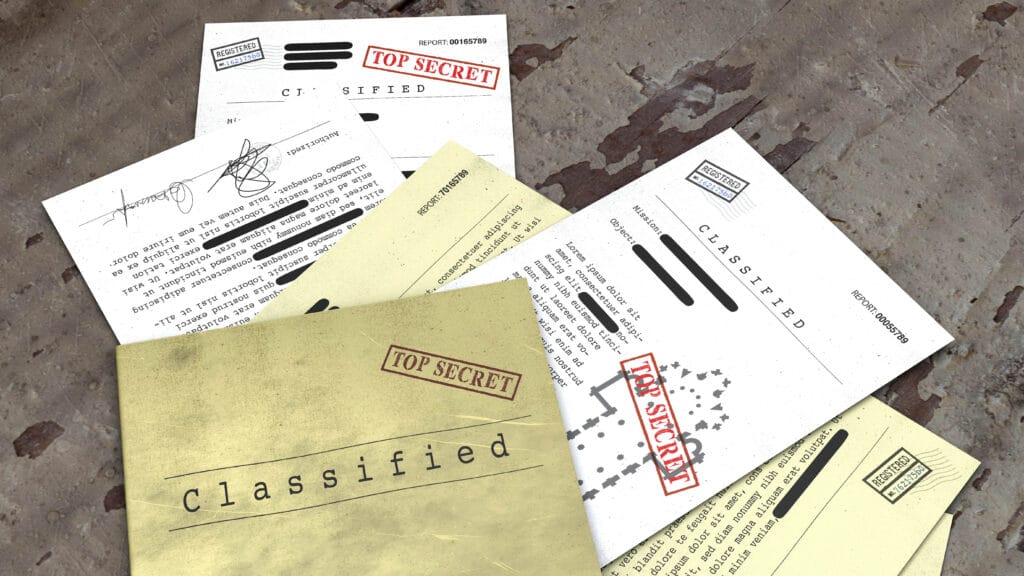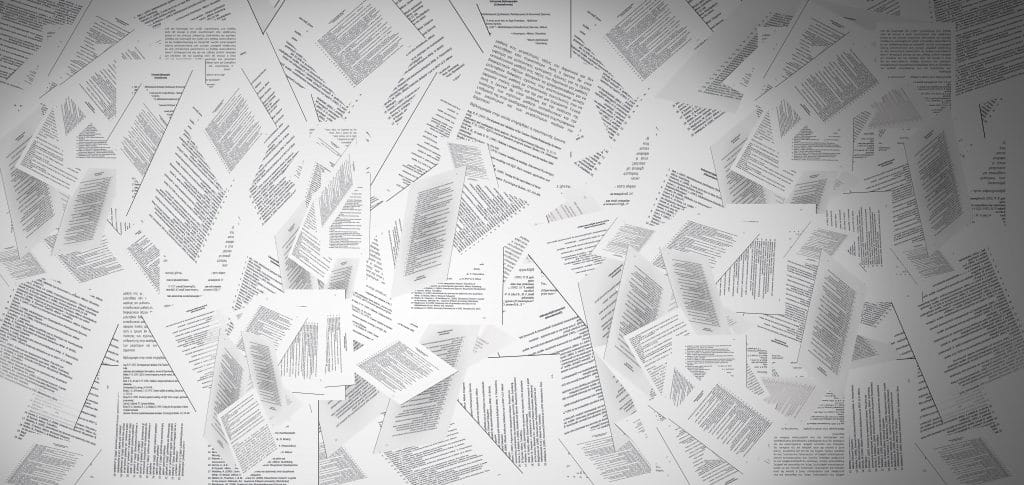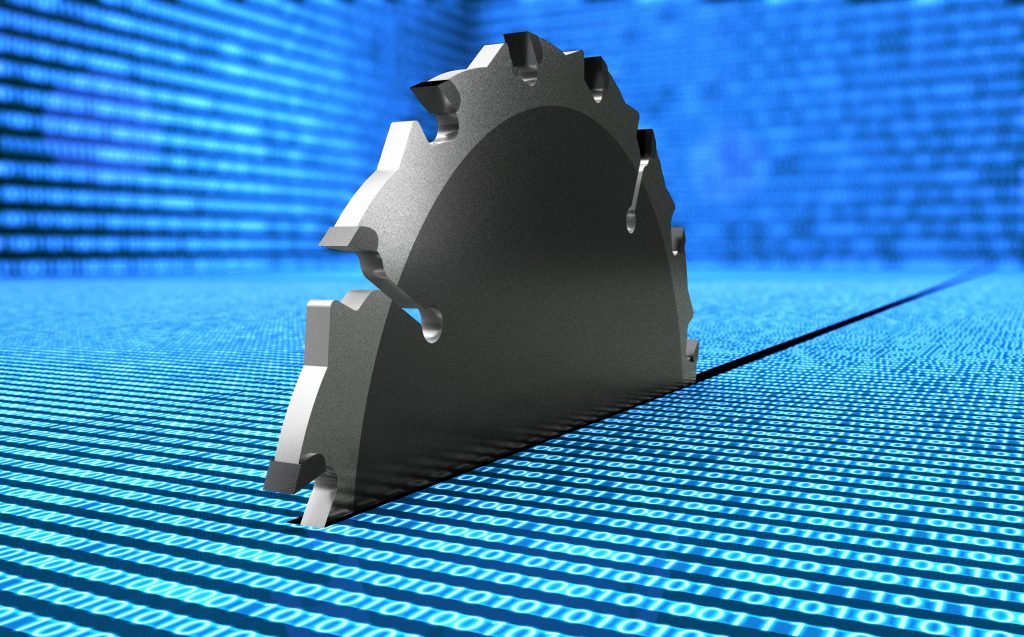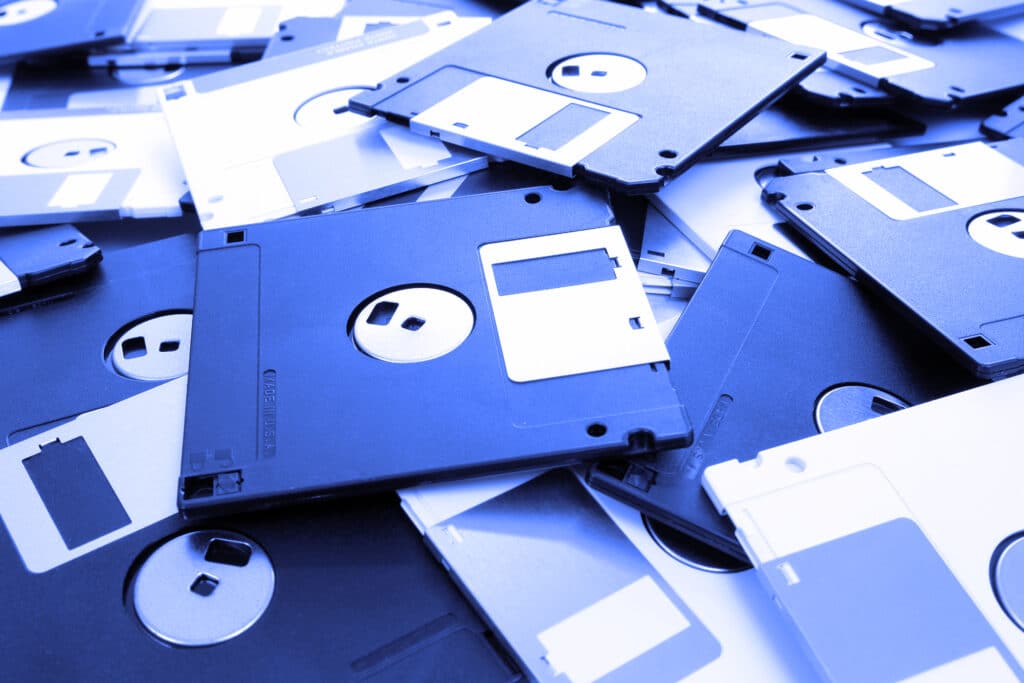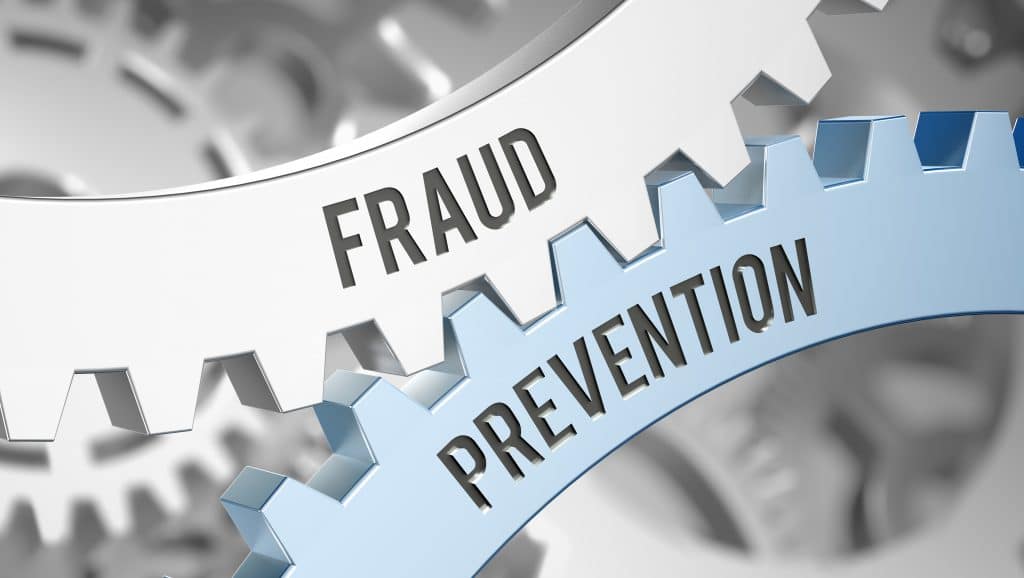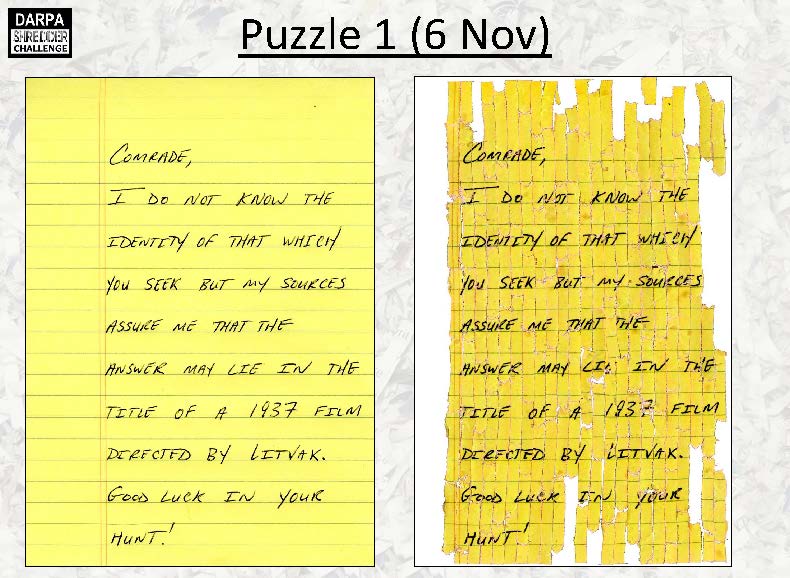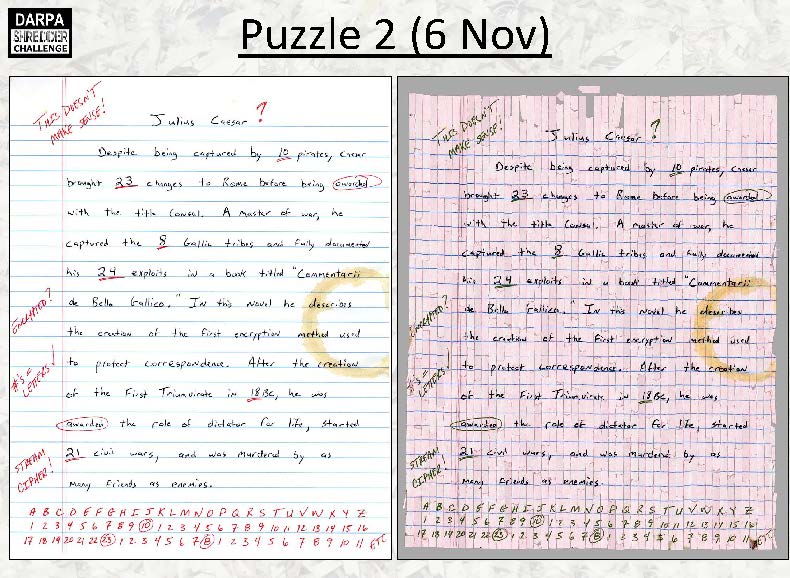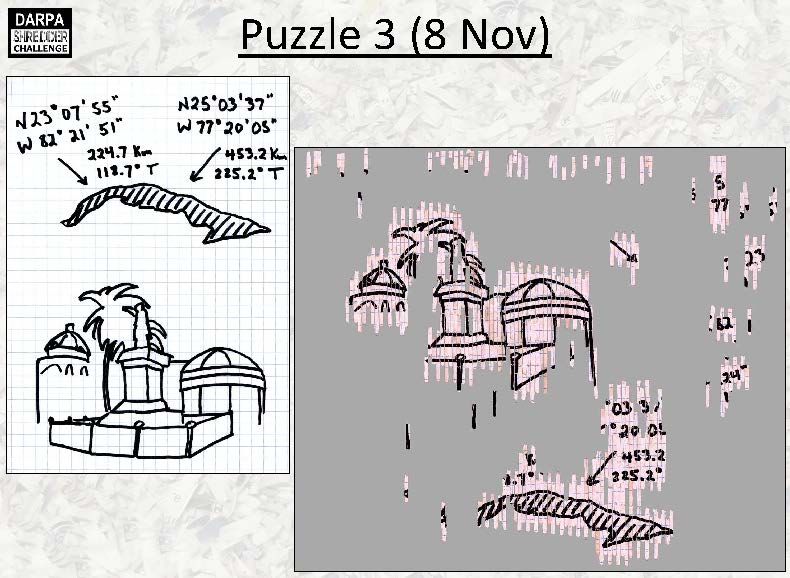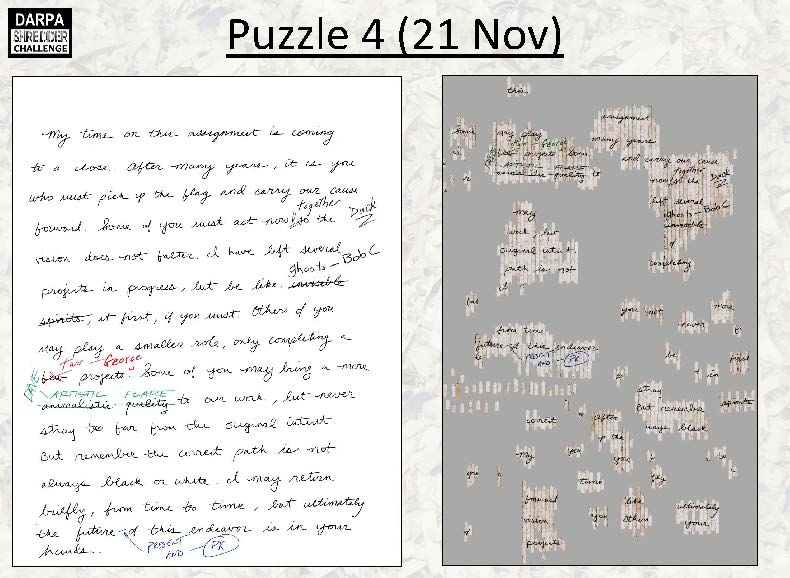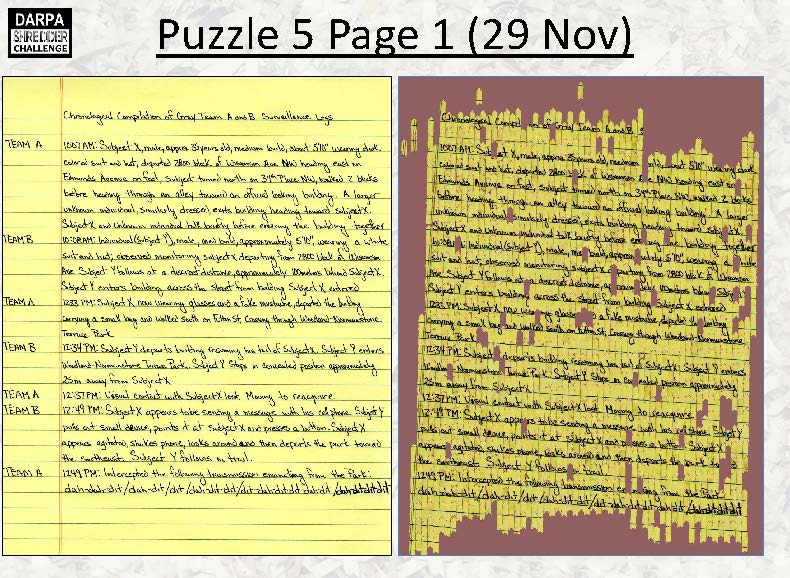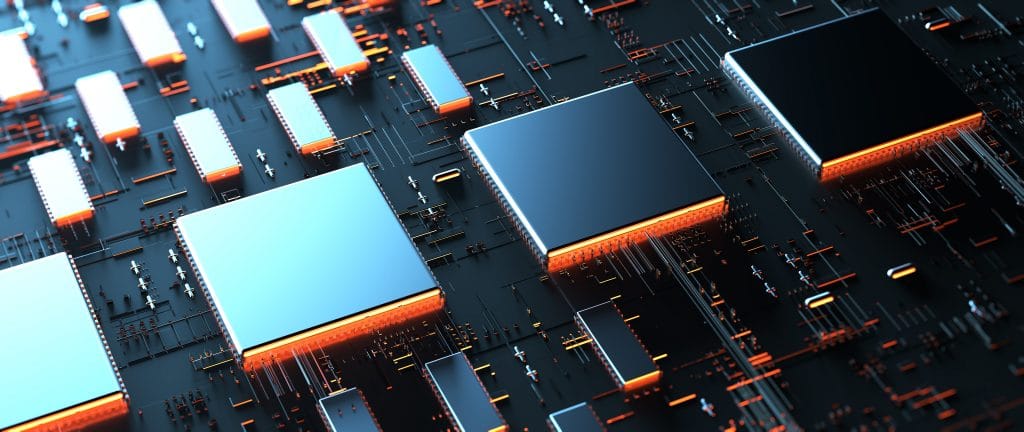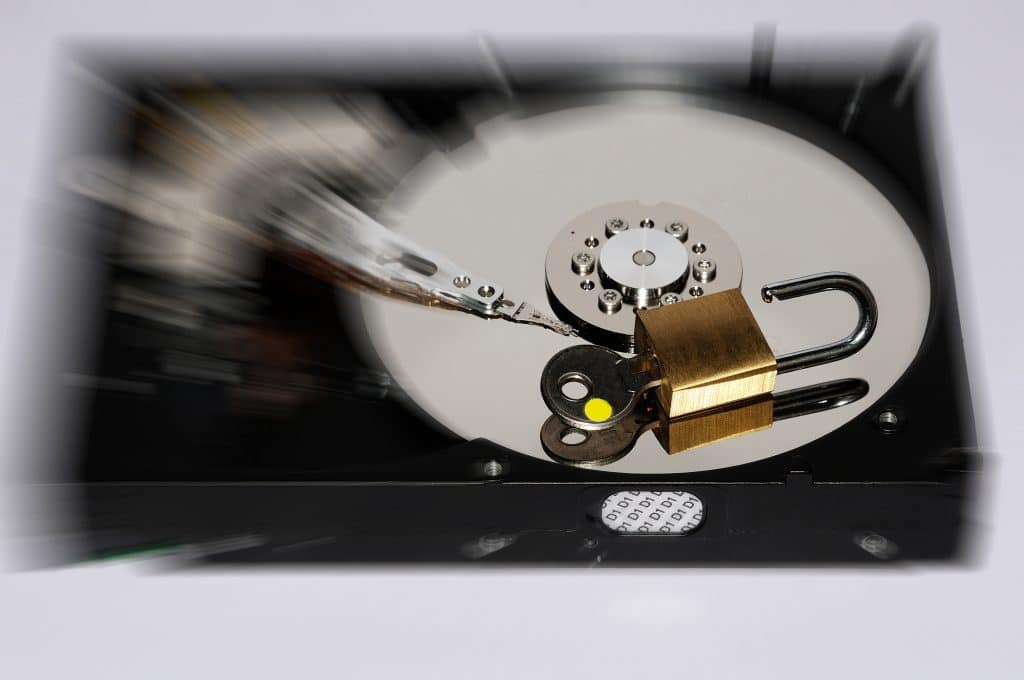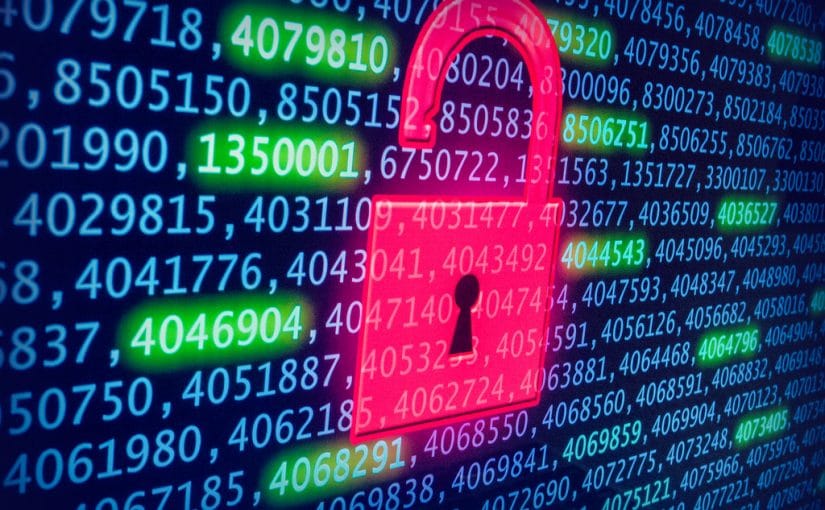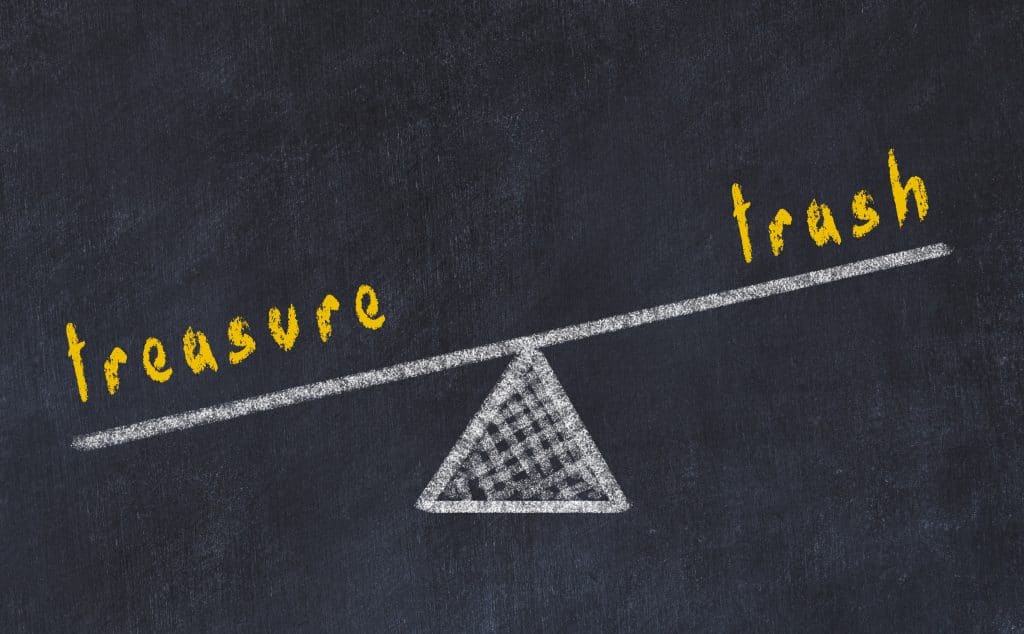As with most new technology, ideas, and solutions, there are pros and cons. In this month’s blog, we’re breaking down the main similarities and differences between centralized and decentralized destruction environments.
Centralized Environment
A centralized environment is, essentially, one space where all of the magic happens. Whether it is a centralized record center or destruction environment, everything that happens and everything being stored are in one location.
For example, let’s refer back to our Level 6 Data Centers: Best Practices in Security blog. The sixth level of the Google data center is known as a centralized destruction environment because all the destruction occurs in one, central space. At this level, security is at an all-time high, with very few personnel having access.
Another example of a centralized environment, but in this case a record center, is a single space where all records are kept. It could be a doctor’s office where all patient files are kept or a cloud-based system where all files and documentation are stored. Since centralized environments hold a substantial amount of information, they are typically organized by separate teams or personnel with a very high level of clearance.
CENTRALIZED ENVIRONMENT PROS:
One main pro when it comes to a centralized environment, in this case destruction, is that all of your destruction occurs in one place. There isn’t a concern for whether a drive was left on someone’s desk or an end-of-life document was misfiled since there is a system in place that requires all end-of-life drives and documentation to be in one place at the same time. This allows for a highly organized destruction plan and seamless organization system.
With a centralized environment typically comes extra security (remember, all your eggs are in one basket!), which just adds an additional level of protection. This can be in the form of more security cameras, keypads and ID badges, physical security guards, and more. Not only do centralized environments come more protected, they also allow for more opportunities for control.
CENTRALIZED ENVIRONMENT CONS:
By putting one’s eggs all in one basket, while it offers a sense of control and safety, it can also have its drawbacks. Hypothetically speaking, if someone was able to breach that centralized location, they have the world at their fingertips since everything is in one place. Servers can be hacked into, destruction solutions can be tampered with, and precious information can easily be stolen. However, this is also why extra security measures are taken, whether the environment is centralized or not.
Decentralized Environment
On the contrary, a decentralized environment is where all of the records or destruction occurs across multiple rooms, spaces, or even floors. A decentralized environment could be the same doctor’s office mentioned earlier, but where patient personal health information (PHI) is kept spread out among various storage locations, workstations, multiple servers, etc.
DECENTRALIZED ENVIRONMENT PROS:
Decentralized environments allow for data to be stored in more than one place offering more accessibility, and allowing those who need to access the data to be closer to it. By having their data in multiple and closer locations, there’s no need for long walks across the data center or building, or extra physical layers of security.
Depending on how sensitive the information is, a decentralized record center can sometimes offer more protection since there are multiple points of access and entry, which mean more opportunities for a hacker to fail.
DECENTRALIZED ENVIRONMENT CONS:
With multiple points of entry and access, also come…more money. Decentralized networks, destruction, or record environments require more upkeep, more maintenance, more storage, and more security.
The consequences of improper data destruction are endless. By opting for in-house, centralized destruction, companies have complete oversight and can be certain that your information has been securely destroyed. At SEM, we offer an array of various high-quality NSA listed/CUI and unclassified data destruction solutions, and are experts in designing and creating, implementing, installing, and servicing centralized destruction facilities across the globe. Whether it’s for the federal government, one of their agencies, or a commercial data center, we do it all. Learn more about our scalable and customizable solutions here.


